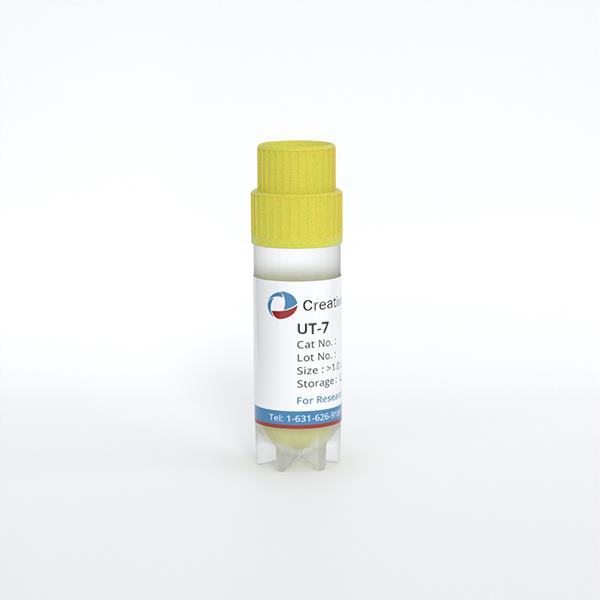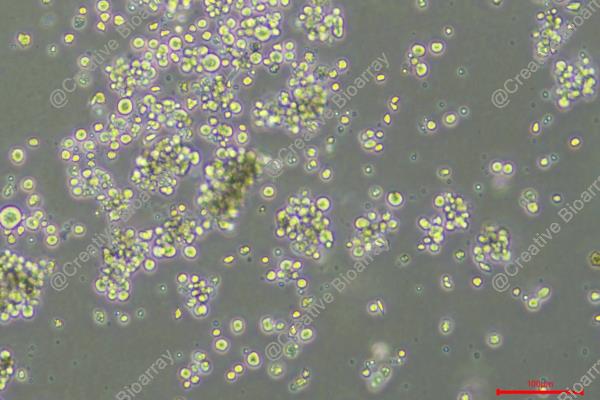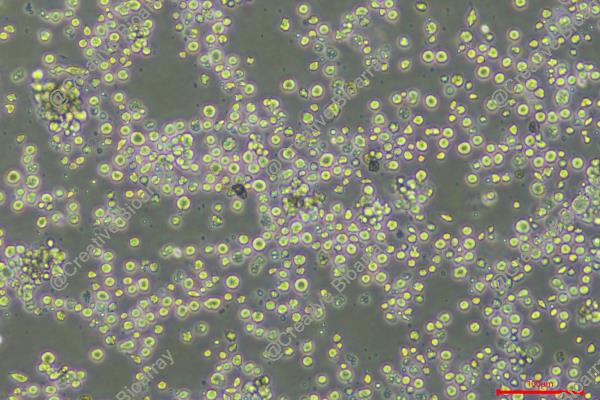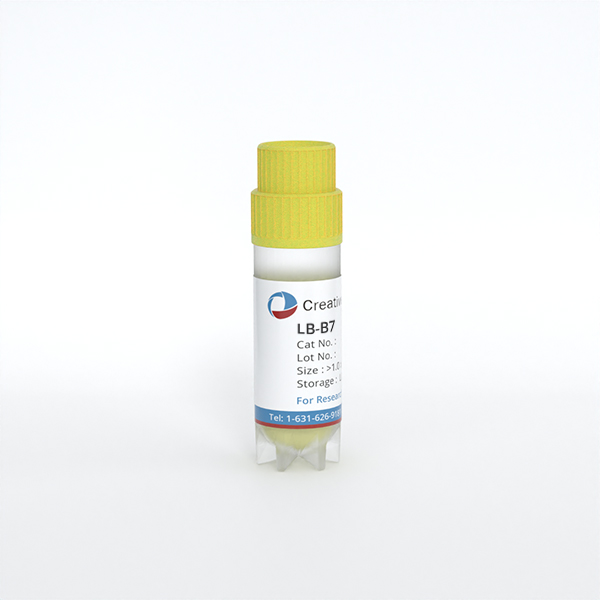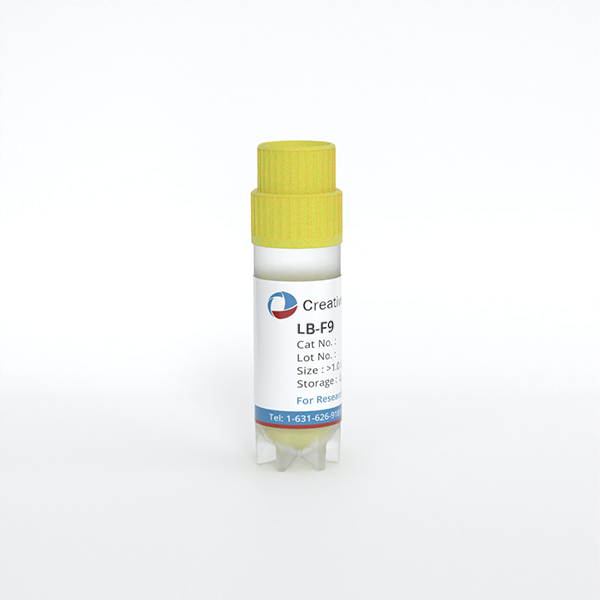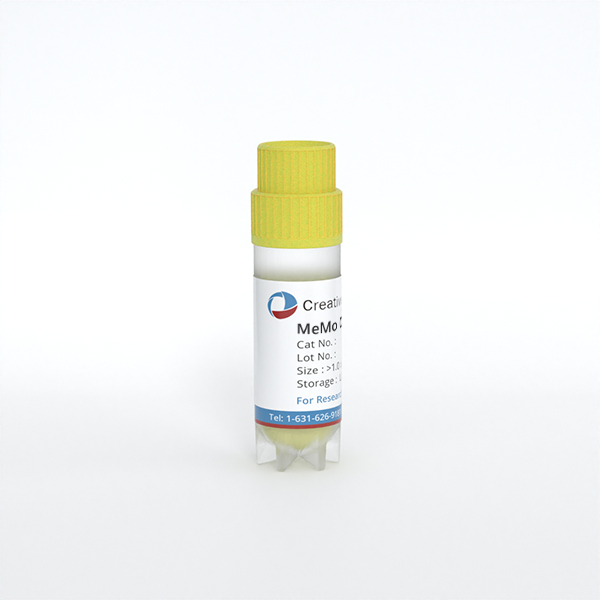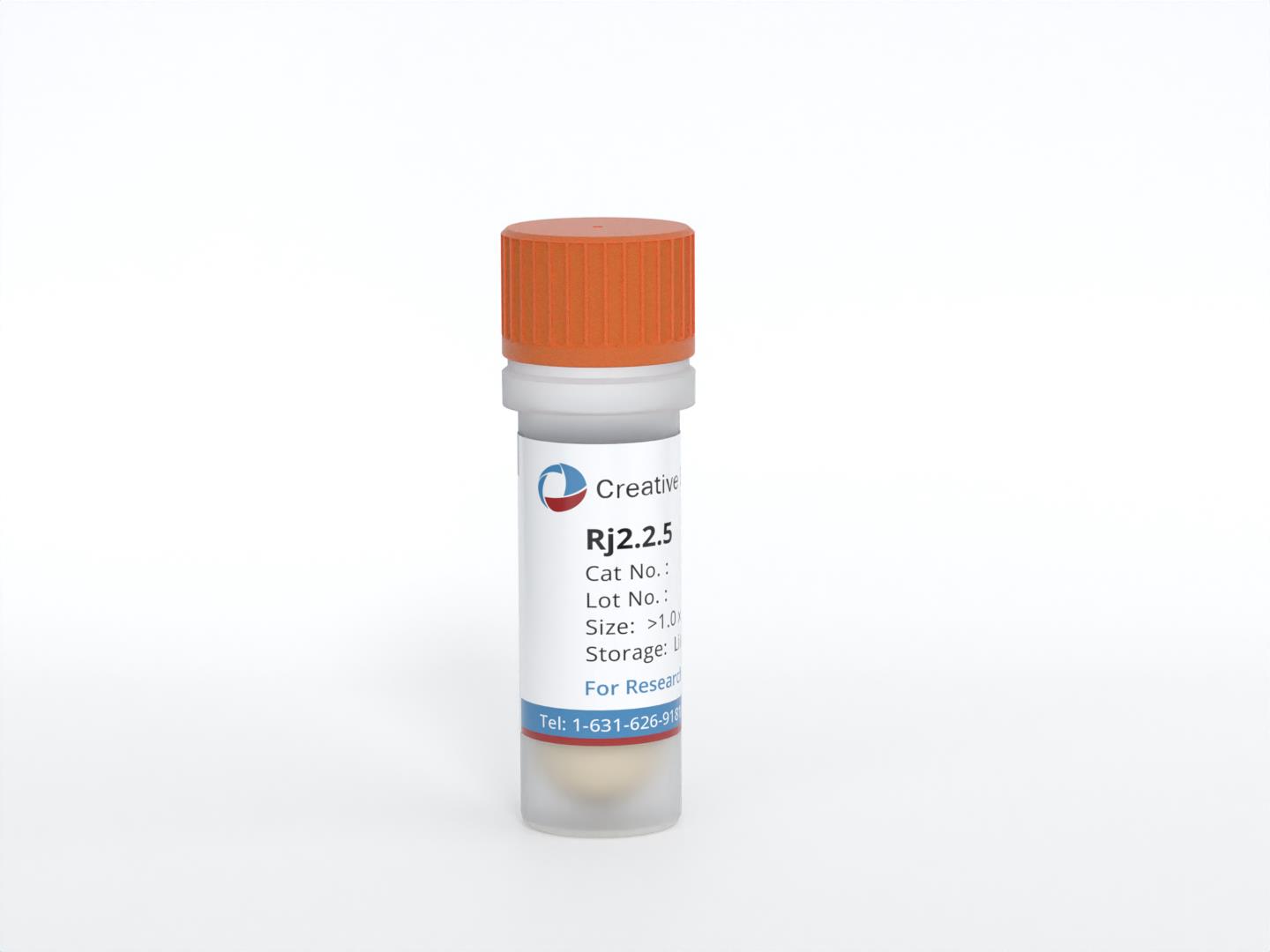Featured Products
Our Promise to You
Guaranteed product quality, expert customer support

ONLINE INQUIRY
UT-7
Cat.No.: CSC-C0294
Species: Human
Source: Bone marrow
Morphology: round (relatively large) cells growing singly in suspension
Culture Properties: Suspension
- Specification
- Q & A
- Customer Review
- Publications
Immunology: CD3 -, CD4 -, CD13 +, CD14 -, CD15 -, CD19 -, CD33 +, CD34 -, CD41 (+), CD42 (+), CD68 +, CD235a (+), HLA-DR (+)
Viruses: ELISA: reverse transcriptase negative
PBS is often used for washing due to being isotonic and non-toxic to cells and tissues and thus allows for cells to be rinsed of unwanted media without potentially lysing them.
Ask a Question
Average Rating: 5.0 | 1 Scientist has reviewed this product
Well-characterized
The cells were well characterized and matched the description provided.
27 May 2022
Ease of use
After sales services
Value for money
Write your own review

